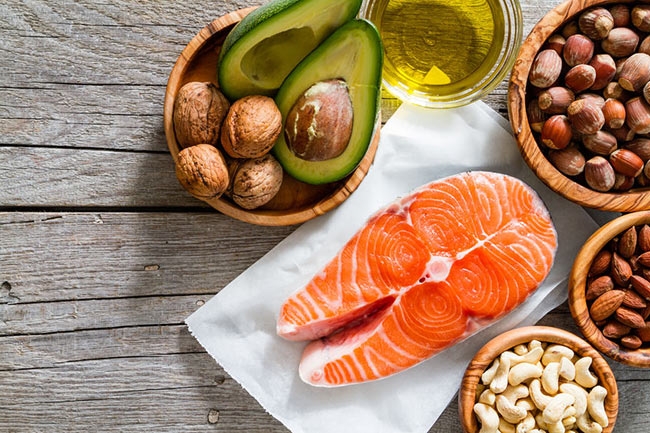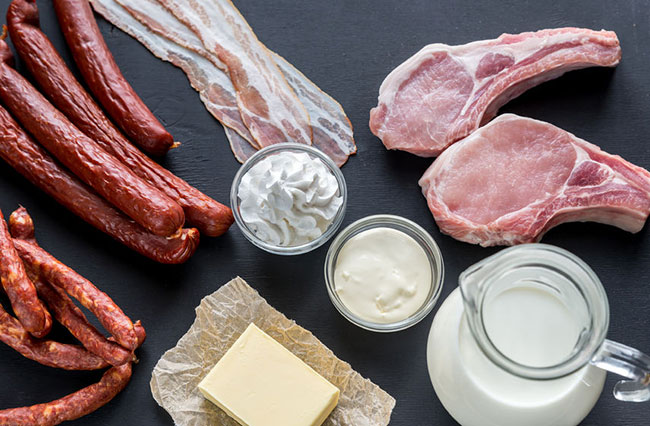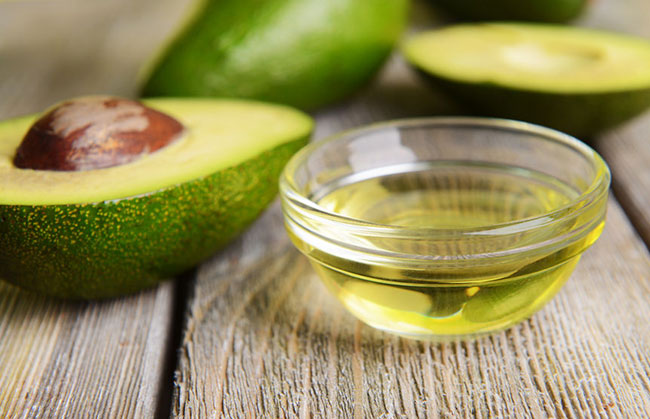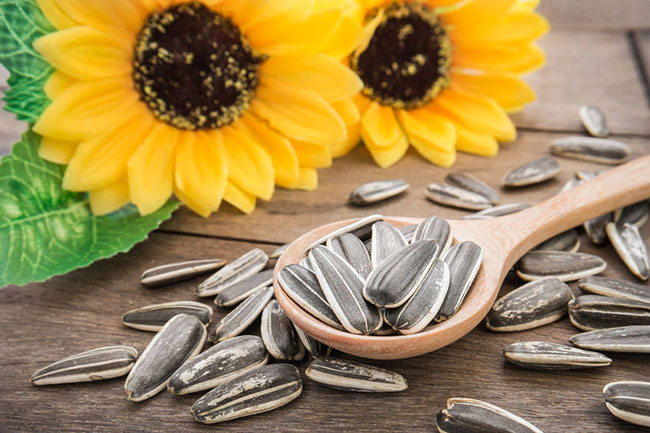Fats have had a bad rap over the past 30-40 years. The obsession around low fat products along with misinformation based upon cherry picked research has ultimately lead to a state of confusion as to whether fats are helpful or harmful to our health.
There are three different types of fat, saturated, monounsaturated and poly unsaturated. All can play a role in human health. Firstly, let’s look at some of the roles fat has in our body:
- It can provide a significant fuel source for energy production.
- It forms the outer layer of our cells.
- It helps to form the brain and nervous system.
- Helps in the manufacture of hormones.
- It provides important fat-soluble vitamins like Vitamin A, D, E and K which all play critical roles in all aspects of our health.
- Certain fats can act as food for the cells in our colon, supporting good digestive health and preventing overgrowths or infection.
These are just a few benefits of fats in the diet, but it should be noted that not all fats are created equal.
Over the years we have been told that we should reduce fats, in particular saturated fats, the kind you find in animal products and some plant based products like coconut oil.
Unfortunately, many government guidelines and the advice still given to this day by medical professionals and even qualified dieticians and nutrition professionals is still based around a one-sided argument with regards to saturated fats.
Without getting into the politics and reasons behind the “saturated fat is bad” argument, all I want to do here is discuss primarily the benefits of certain fats and the potential risk of other fats.
It should also be noted that we require differing levels of these fats depending on our physiology but it is important to understand that labelling fats as “bad” is incorrect and not particularly helpful. In fact, labelling any food as bad is in my opinion incorrect as different food can play different roles, and sometimes it’s just nice to eat something that tastes amazing so long as it doesn’t have a bigger impact on your physiology. It is our ability to understand why we are eating something, the role it is playing and then making an informed decision. Unfortunately with nutrition and particularly fats, misinformed decision-making is probably more common.
From a calories perspective fats do provide 9kcals per gram, whereas carbohydrates and proteins offer 4kcals per gram. For this reason, mindful consumption and being a little aware of total fats consumed is important, especially if currently managing your calorie consumption for health or physique reasons. This isn’t to say you need to be on a low fat diet, but instead just be aware of what you are consuming and the ability for fats to multiply your calorie consumption more than other macronutrients. On the other side of that you can see how our fat stores have the ability to provide significant amounts of energy, with just 1kg of fat equalling a massive 9000 calories (3-5 days worth of calories for most people). This is why only extreme caloric restriction or sustained moderate restriction results in tangible fat losses. Most rapid initial weight reductions are actually the result of water and glycogen (storage form of glucose) losses from dietary changes rather than actual fat mass reductions, this is often why weight fluctuations can be quite significant when the diet has a lot of flexibility.
To understand fats more deeply we must start with the simplest form of fat, known as a fatty acid. We then have two general types of fats known as saturated and unsaturated. The unsaturated fats include monounsaturated and polyunsaturated.
When we eat fats they actually come in the form of something called triglycerides (three fatty acids bound to a glycerol molecule), this is also the main storage form of fat in the body. Ultimately we consume triglycerides, break them down into their singular form (fatty acids) and then use them in the body or put them back together again and store them as body fat.
That is a technical as we are going to go with fats at this point, but I think it is good to understand that the fats we consume are not all purely saturated or unsaturated. In fact, triglycerides can have both saturated and unsaturated fatty acids attached to them at anyone time.
The reason this is important is because different foods contain different ratios of fatty acids. Some contain more saturated fatty acids and others more unsaturated fatty acids. For example, beef, which is typically linked to being a source of saturated fat only is actually around 40% monounsaturated fat, 4-5% polyunsaturated and around 55% saturated fat.
Overall health is dictated by the balance of fats and saturated or unsaturated should not be labelled as unhealthy. It is often what we do with them, such as food processing or exposure to cooking, heat, oxygen etc which can make them less healthy.
Saturated Fats
These are found in higher levels in animal fats and also tropical fats like coconut and palm oil. Whilst there has been some negative press around saturated fats this seems to only be when the following occurs.
When the diet is also high in refined carbohydrate foods like sugar and flour and calories consumed are well above the needs of the body.
A second potential reason is when saturated fat intake is out of balance with unsaturated fat intake. Thus excessive intake of either unsaturated fats or saturated fats may contribute to health issues in some individuals.
Whilst many associations have been made between excessive saturate fatty acid consumption and heart disease, the basis of these claims stems from research that reveals that fatty plaques are often found in arteries of people who have died from heart disease. Thus the immediate assumption was that if fat and cholesterol deposits were found, that dietary intake must be the cause. Research over the years has proved this to be an oversimplification and incorrect assumption; in fact heart disease is multi-factorial and that the consumption of saturated fats alone cannot solely be responsible for the onset of heart disease. There are of course exceptions to the rule and in some populations with certain genetic factors a high saturated fat diet may in fact be an issue, however it should be noted that this is a minority genotype rather than a majority.
The reality with saturated fats is that eaten in balance with other fats and not in significant caloric excess it is unlikely to contribute to significant health issues.
Foods sources of saturated fats
- Cheese
- Butter
- Ice cream
- Lard
- Meat
- Suet
- Unskimmed milk
It should also be noted that from an evolutionary perspective we are no strangers to saturated fat, it is something that has been present in our diet for tens of thousands of years, in fact it is only in recent years that our diet has been exposed to such high levels of refined vegetable oils.
Monounsaturated fats
Monounsaturated fats are commonly linked with the Mediterranean diet, something that has received a great deal of positive press for its impact on our health.
Study after study demonstrates a Mediterranean diet seems to have beneficial effects against cardiovascular disease, type 2 diabetes, inflammation and metabolism, mood, reducing cancer risk and more.
Food sources of monounsaturated fatty acids
- Avocado and avocado oil
- Olives and olive oil
- Peanut
- Rapeseed
- Macadamia
- Eggs
- Almonds
- Meat
Monounsaturated fats unlike saturated contain one double bond in the carbon chain, making them weaker than the single bonds that dominate the saturated fats. This makes them slightly less stable than saturated fats. As a result of this they are still typically sensible choices for lower to moderate temperature cooking or dressings whereas the saturate fats may be a good choice generally for cooking, however with animal based saturated fats, high temperatures can result in oxidised cholesterol, something that can be hazardous to human health if over exposed to.
Polyunsaturated fats
These fats again fit in the unsaturated fat section and likewise can have some potential benefits to our health, however are much more fragile fats because they have two or more double bonds in the carbon chain making them weaker and more easily damaged through food processing, exposure to light, oxygen and heat, making them potentially problematic if consuming processed forms, or even if they are just poorly sourced, heated or even stored incorrectly.
Food sources of polyunsaturated fats
- Sunflower seed
- Sesame seed
- Starflower oil
- Pumpkin seed
- Fish oil
- Canola oil
- Corn
As a general rule the more unsaturated a fat becomes the more fragile it becomes making increasing its potential for damage. When damaged or eaten out of balance with other fats they can promote inflammation in the body and have a negative impact on our health.
Omega 3 & 6
A sub-section of fats you might be familiar with is the omega 3 & 6 fatty acids.
As humans evolved we ate a fairly equal balance of omega 3 to omega 6. These days it is suggested that the ratio is more like 15/1 – 20/1 O6 – O3 instead of 1/1 – 3/1 ratios.
Unfortunately this seems to have negative impacts on how our cells themselves function and again promoting inflammation. The excessive intake of refined/processed vegetable oils is one of the main causes of the significant increase in omega-6 fatty acids. Couple that with the increase in omega-6 fatty acids in meats, dairy and eggs because of the diets of the animals that the eggs, dairy and meat originate from has become more and more grain and soy dominant rather than grass and worm/insect dominant.
This is why grassfed cows containing favourable omega 3 to 6 ratio levels compared to its grain fed counterparts and also why farmed salmon is much richer in omega 6’s compared to the wild versions.
Trans Fats
Another form of fats you may have heard of are trans fats. These again have got bad rap in recent years, especially hydrogenated trans fats and in this instance for good reason.
Whilst some trans fats occur naturally and appear to be supportive of health the majority of trans fats we are exposed to result from intensive manufacturing of certain unsaturated fatty acids hardening fats that should be liquid and turning them into solid forms at room temperature. Think of common margarine products created using seed and vegetable oils, something we are told is a better option than butter which is naturally solid at room temperature because it is naturally higher in saturated fats and does not need to be tampered with.
Processed forms of trans fats are incredibly bad for our health increasing risk of cardiovascular disease, cancers, Alzheimer’s and impairing the health of our cell membranes (the outer layer of our cells), something that is crucial for things to get from our blood into our cells effectively and for our cells to be nourished and function correctly.
Fat Guidelines
So what is the moral of the story with fats? Basically, eat non-processed forms as close to nature as possible. Eat a balance of fats focusing on some animal fats, fish, olive, avocado oil and some nuts and seeds in their natural forms rather than oil forms as they can be more fragile and likely to imbalance your omega 3 to 6 ratio.
Saturated fats are generally good for cooking with because they are more stable, mono’s should be consumed freely and can work as oils added to dressings and poly’s can be found naturally in fish, nuts and seeds and can be consumed more sparingly compared to mono and saturated.
Steer clear of process oils, especially trans and non-cold pressed oils as these are likely to be detrimental to your health.
Try getting your fats predominantly from the following:
- Olives and avocado’s
- Grass fed meat
- Wild fish
- Nuts and seeds in their whole form
- Coconut
- Eggs
Add little bits of dark chocolate and some full fat dairy to this if you choose and you have a pretty good balance of fats. It is then just about finding a total level of these that suits your health and physique goals.
To learn more about who we are, what we do and working with us, see the links below








